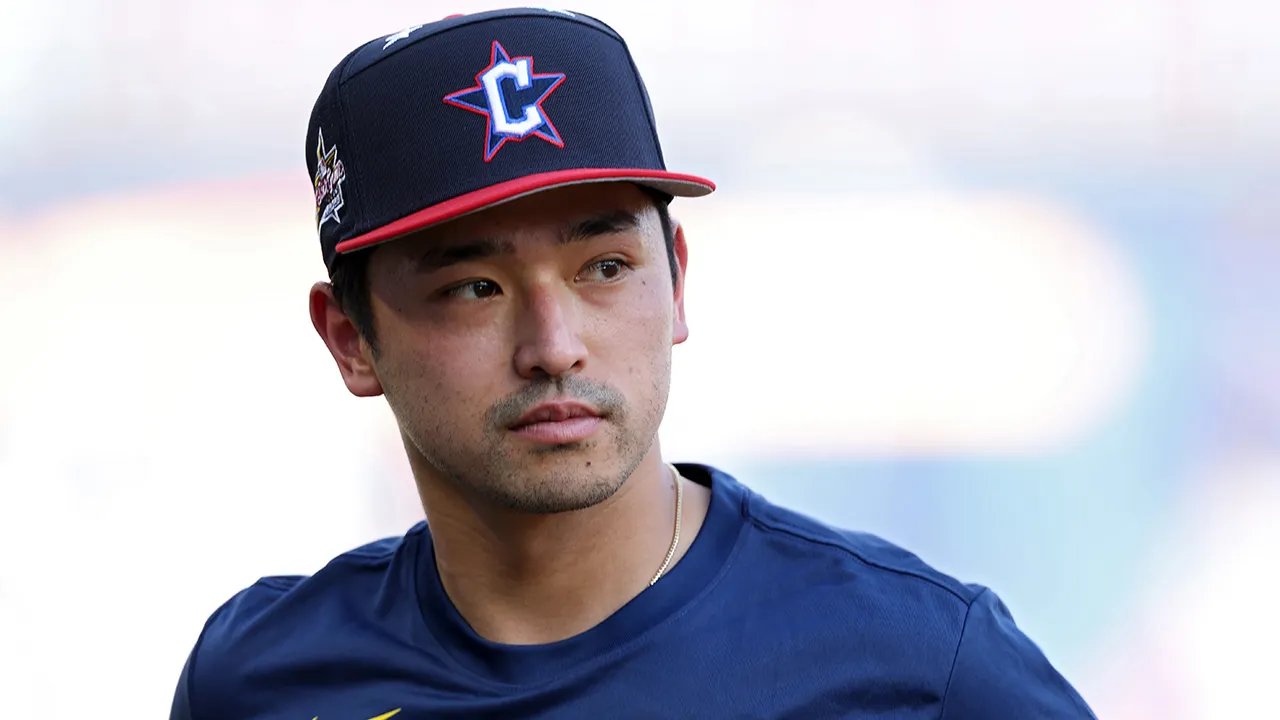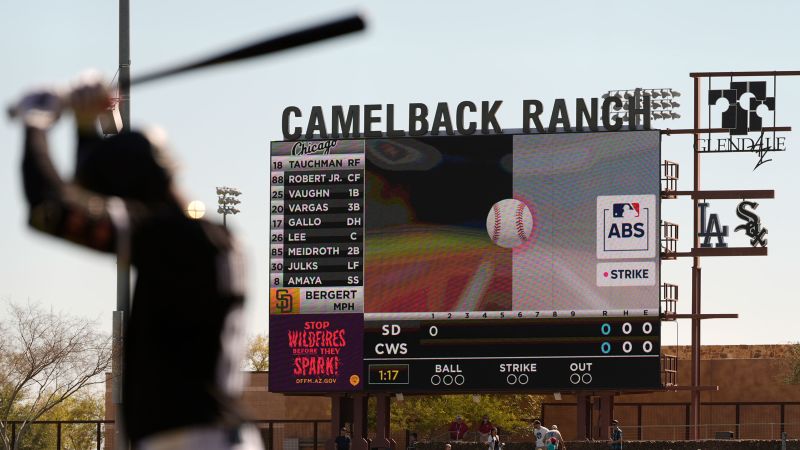MLB Introduces Automated Ball-Strike System at All-Star Game
The MLB's automated ball-strike system makes its All-Star Game debut, with potential for regular-season implementation in 2026, amid mixed player reactions.
Subscribe to unlock this story
We really don't like cutting you off, but you've reached your monthly limit. At just $5/month, subscriptions are how we keep this project going. Start your free 7-day trial today!
Get StartedHave an account? Sign in
Overview
- The automated ball-strike system has been tested in minor leagues since 2019 and is debuting at the All-Star Game.
- Each team will have two challenges during the game, retaining them if successful.
- The automated strike zone is defined at 53.5% of a batter's height at the top and 27% at the bottom.
- Teams had a 52.2% success rate on challenges during spring training, with batters winning 50% and defenses 54% of their challenges in the All-Star Game.
- Hall of Famer Joe Torre supports the automated system, while pitchers express mixed feelings about its implementation in the major leagues.
Report issue

Read both sides in 5 minutes each day
Analysis
The reporting appears neutral and objective by presenting a balanced overview of the automated ball-strike system. Sources provide factual information on its implementation, include diverse player perspectives, and offer historical context without editorializing. The article avoids loaded language and allows readers to form their own conclusions based on the presented information.
Articles (3)
Center (1)
FAQ
The ABS system uses Hawk-Eye technology to track the trajectory and location of pitches, helping determine if they are balls or strikes. In the challenge system, human umpires call balls and strikes, but Hawk-Eye technology monitors pitches in the background to assist with challenges.
No, the ABS system will not be used in the 2025 regular season but may be considered for 2026.
Challenges can be initiated by the pitcher, catcher, or batter immediately after a pitch. They must tap their hat or helmet to signal the umpire.
History
- This story does not have any previous versions.


